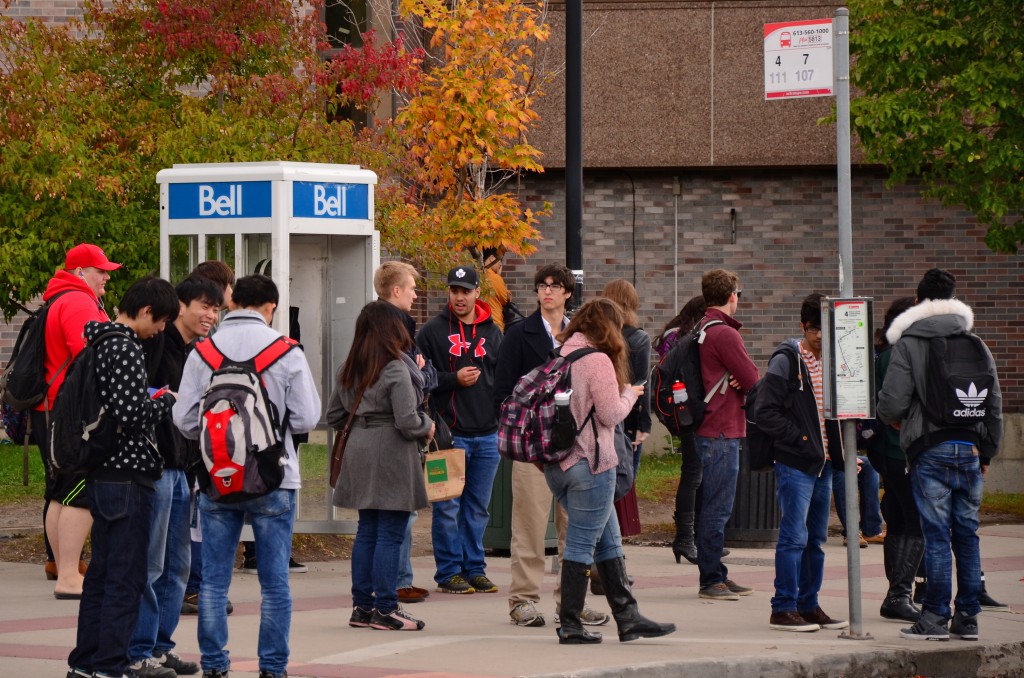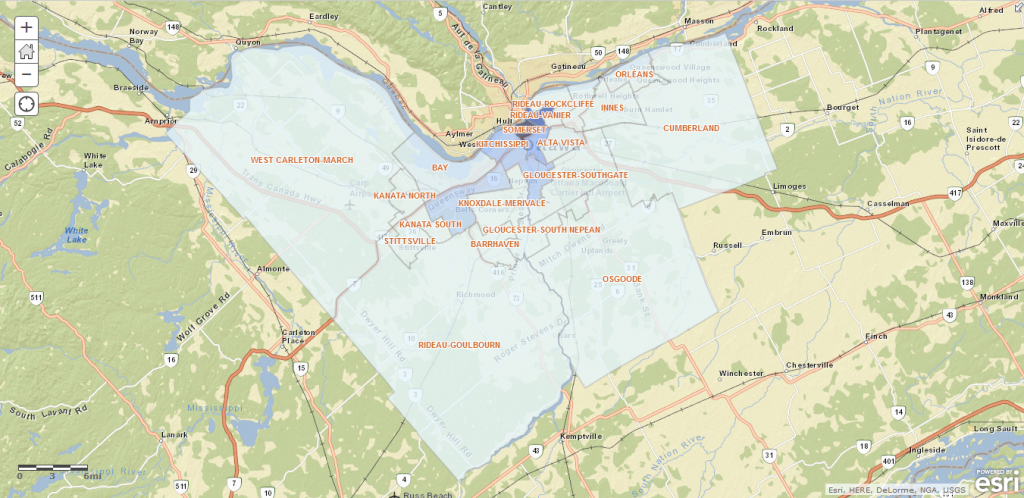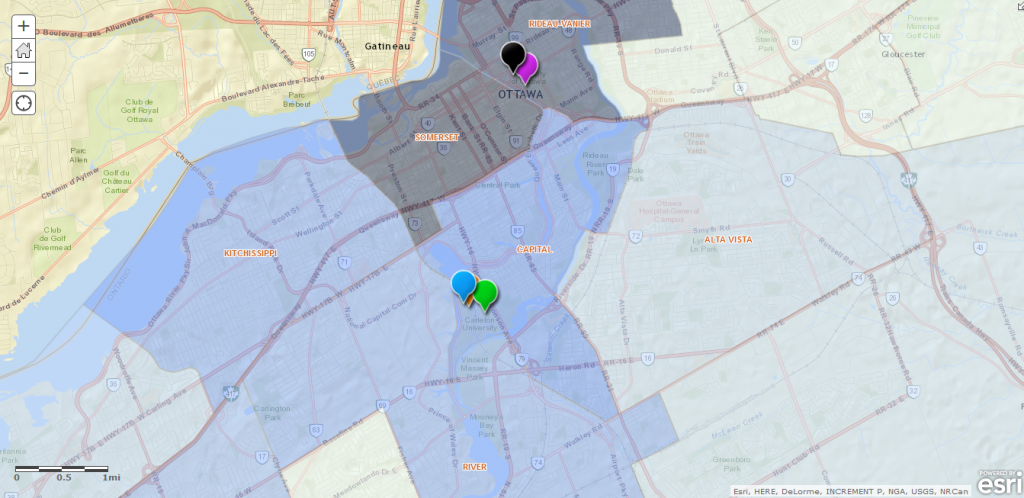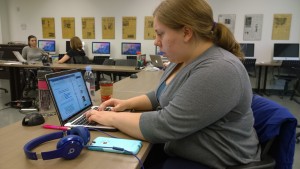
Youth voters came out in droves this federal election, helped in part by an Elections Canada pilot project that offered students the choice to vote on-campus at special stations.
“In four days more than 70,000 students voted across the country. That’s not even counting the folks that came out for the advance voting days or for October 19th,” said Gabrielle Ross-Marquette, the national executive representative for the Canadian Federation of Students (CFS).
In Ottawa, there were five locations offered — two at the University of Ottawa, which is in the Rideau-Vanier municipal ward and three at Carleton University, located in Capital ward. From October 5th to 8th students cast their votes at these special stations.

According to an analysis of the 2011 National Household Survey, the highest concentration of primary household maintainers (the person responsible for rent and utilities) under the age of 25 years old live in the wards Rideau-Vanier, Somerset, and Capital.

These wards have large student populations, such as the neighbourhood of Sandy Hill, right beside Ottawa University. Although many students might not live on campus, they still spend a large chunk of their time there. Setting up on-campus voting stations helped encourage youth voter turnout.
“They would let students vote for their home riding or the riding in which they resided in right now,” said Ross-Marquette.
A student from Nova Scotia, for example, could show up to Carleton University campus and cast a vote for a candidate in their home riding.
In some cases, being able to choose whether to vote for your home riding or your current riding gave students the power to vote strategically by casting their vote in the riding where they thought it might make the most impact.
CFS did campus outreach to make sure students were aware that they had the option to vote at these special stations. This was how Deanne Pittman, a Master of Journalism student at Carleton University, found out about it.
“There were only a few students in line at the time so I decided that it would be much quicker to vote there than to vote on election day,” said Deanne Pittman.
The on-campus voting stations made the voting process much simpler and more accessible to students. Elections Canada was on hand to answer questions and tell youth exactly what they needed to do to be able to vote.

“I definitely think it should be expanded to other campuses. Students are very busy and have unpredictable schedules, so in my opinion, there is no downside to offering people more opportunities to vote,” said Pittman.
For Tamar Harris, an undergraduate journalism student at Carleton University, this was her first time voting. She was impressed by how quickly the process went after having read on Twitter about hour-long waits at advance voting stations.
“But I got there, showed them my id, and I was out in literally two minutes,” said Harris. “It might have actually been a deciding factor for some students who were bit more weary of voting and didn’t feel particularly driven to vote when they have to go ten or twenty minutes to a station.”
Youth voters played a key role in this election. Throughout the election CFS worked to arm students with information about issues such as increasing tuition rates and the decline of stable jobs and paid internships so they could be more informed when researching and questioning their riding candidates.
Harris attended a candidate debate held at Carleton University and said she liked the way that Catherine McKenna, the Liberal candidate, spoke to students beforehand about what issues interested them. She said she felt that the Conservatives didn’t do a good job of appealing to younger voters.
“I think it’s important to vote because there is no way that politics doesn’t affect your life, especially as a younger person,” said Harris.
Elections Canada will review the pilot project to see if it can be implemented on a larger scale for future elections.
